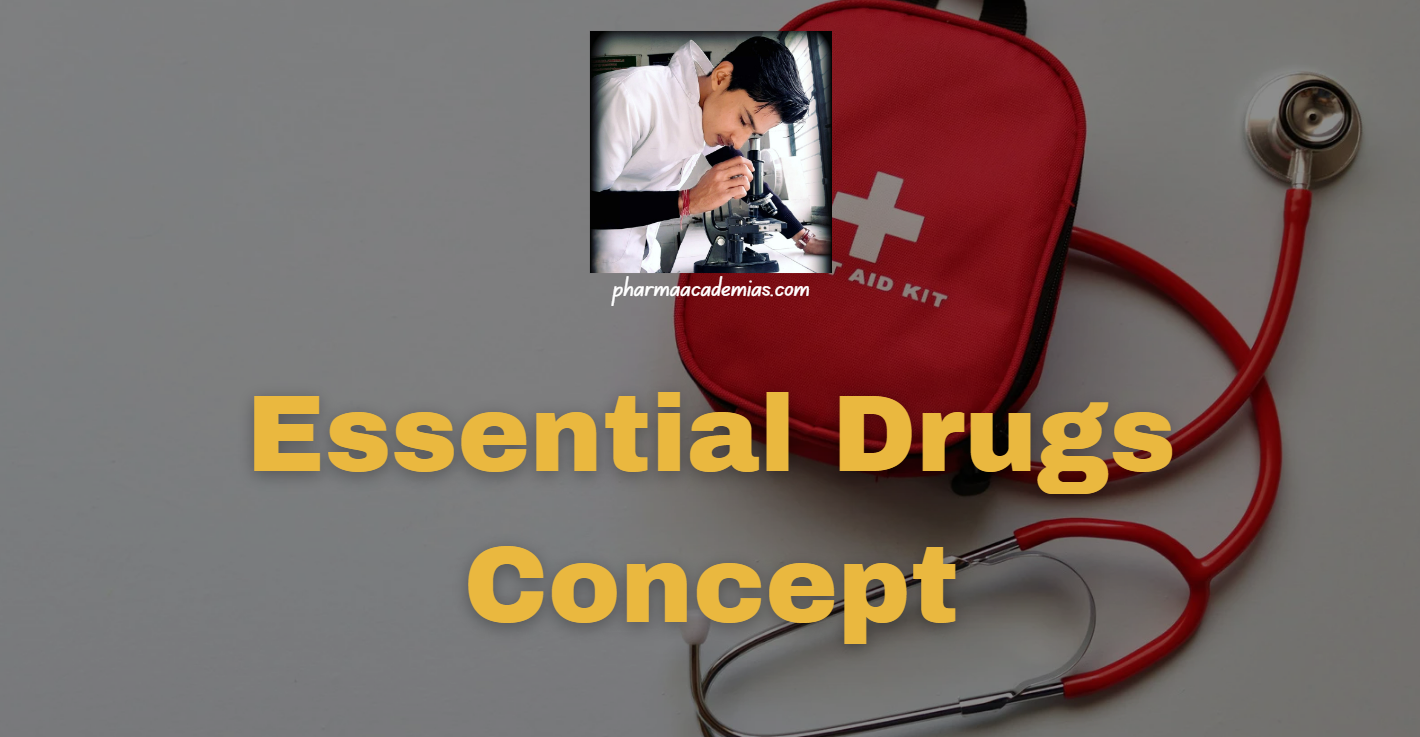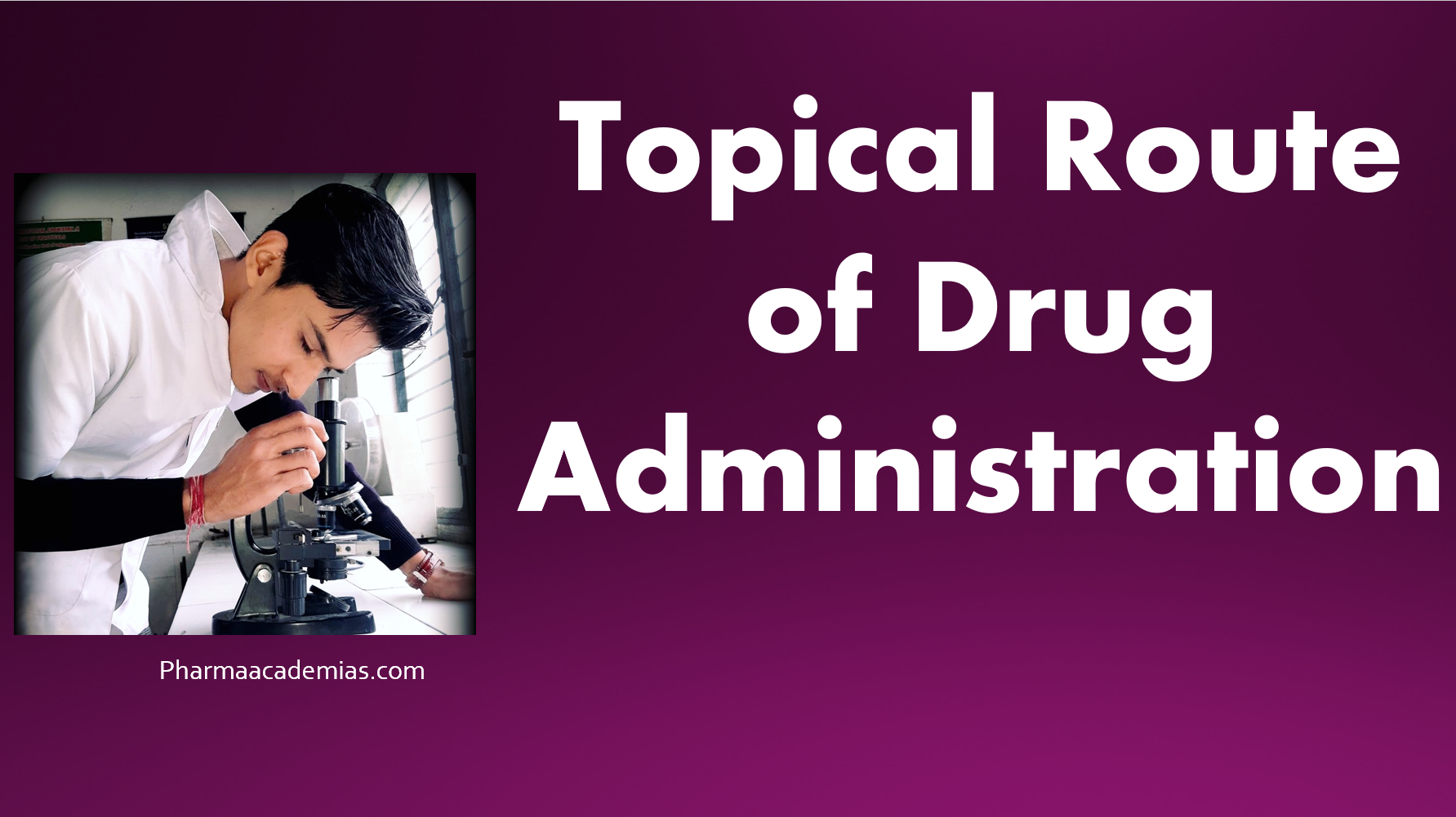Essential Drugs Concept
The concept of essential drugs is a fundamental principle in public health and healthcare systems globally. It revolves around the identification, promotion, and accessibility of a limited selection of necessary medications that meet the priority healthcare needs of the population. This comprehensive overview delves into the essential drug concept, its origins, principles, and implications for … Read more










